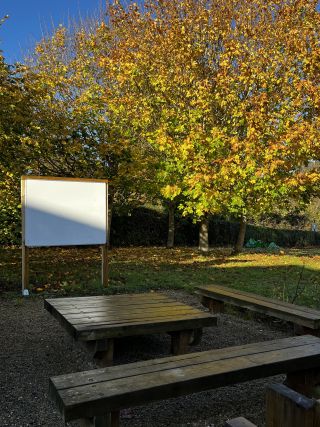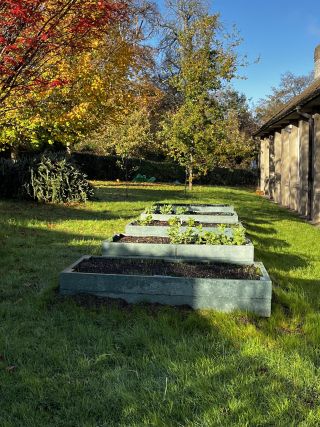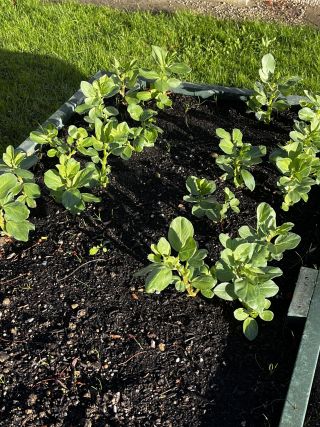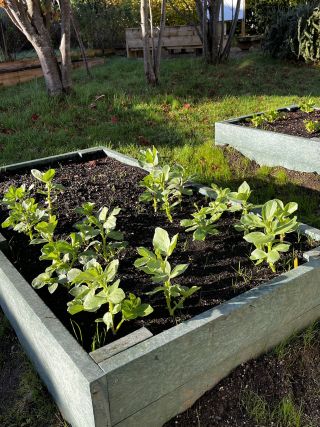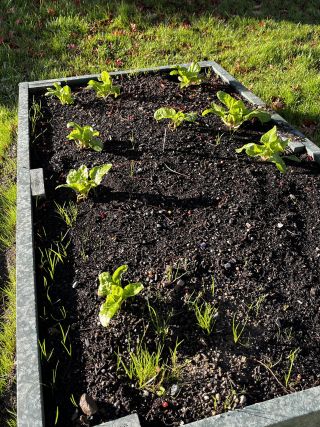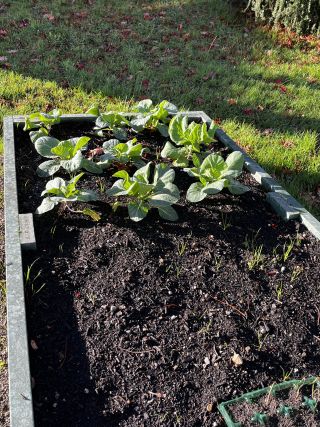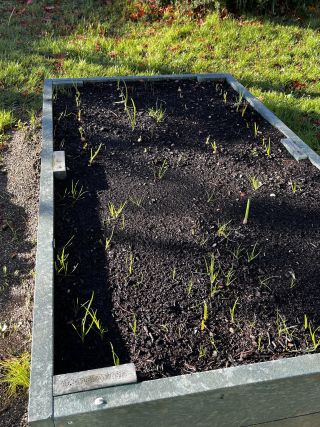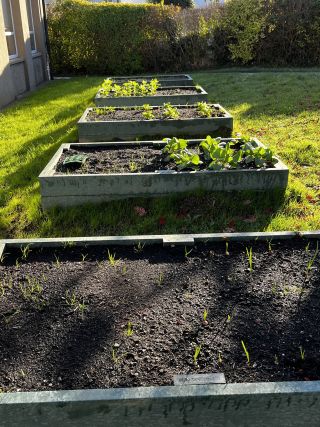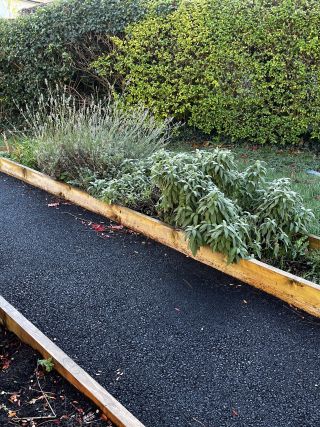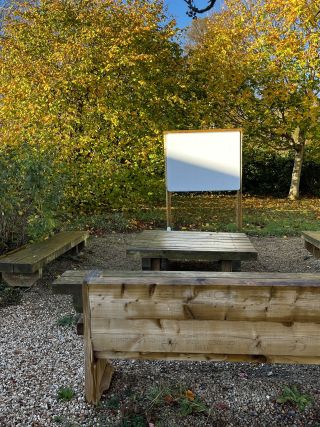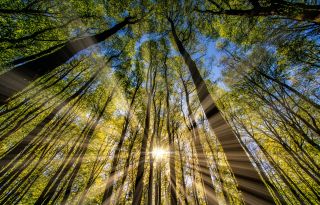
What is Biodiversity?
Biodiversity is basically a big word for all things nature. It was formed by merging together the two words ‘biological’ and ‘diversity’. It simply means the enormous variety of life on our planet. From the tiniest bacteria to the largest elephant...if it’s alive it’s part of biodiversity! Here is Scoil San Treasa, we like to look at the world around us. Take a look at some of the ways in which we do so!
Dry Grassland Habitat
During one of his recent workshop days in our school, Patrick Hunt (horticulturist - Heritage in Schools Scheme) drew attention to the 'amazing resource' that we have in the range of plants growing at the rear of the school near the outdoor classroom. He explained that what the school has there is 'a dry grassland habitat' the likes of which is not often seen. He continued...'The plants we found include the bee orchid in abundance (which is extremely rare), hawkbits, knapweed, birdsfoot trefoil, cinquefoil, ox-eye daisy, cowslips, black medick, clovers and yarrow. If you look along the hedge in a few spots the grass has not been cut, you will see that there is an abundance of ox-eye daisies'. We are currently giving some thought as to how we might manage at least part of this area to allow the wildflowers to grow in abundance. This may involve allowing sections of the grassy areas to grow right throughout the summer. Access strips could be created by simply mowing paths through the meadow. In Autumn, the grassy areas could be cut back completely to the ground and all the cut plant material could be removed once the plants have dropped their seeds. Routine mowing could follow from then until February or thereabouts when the wildflowers would again be given a chance to grow. Such an approach would afford us an opportunity to enjoy and study plants and butterflies...it would also add a nice burst of colour to the general area.
And if you notice a large grassy area that is unmown, it may well reflect deliberate restraint on our part as we focus on and enjoy the biodiversity that is at hand!
Our School Garden
We take great pride in our school garden. Not only are we planting and caring for our crops, we use our garden as a super learning tool. Having a garden teaches our students and involves them in, growing, caring for, and harvesting plants. We also have a special section for wildflowers, we learn each year the importance of wildflowers for the bees in our area. More native flowers in our landscape mean more pollinators and other insects. More flowers mean more fruits and seeds and therefore more birds and mammals.
The Outdoor Classroom
What better place to learn about nature than the outdoors! Learning outdoors gives us the opportunity to move our bodies, use our imaginations and work in teams in a wide open space. Every week, each class heads out to use their time in the outdoor classroom. The time spent here can range from exploring the strands of the S.E.S.E curriculum, engaging in environmental art-making, connecting mathematical concepts to the real world or simply reading amongst the trees. We are very lucky to have our wooden benches and whiteboard to facilitate lessons such as these.
